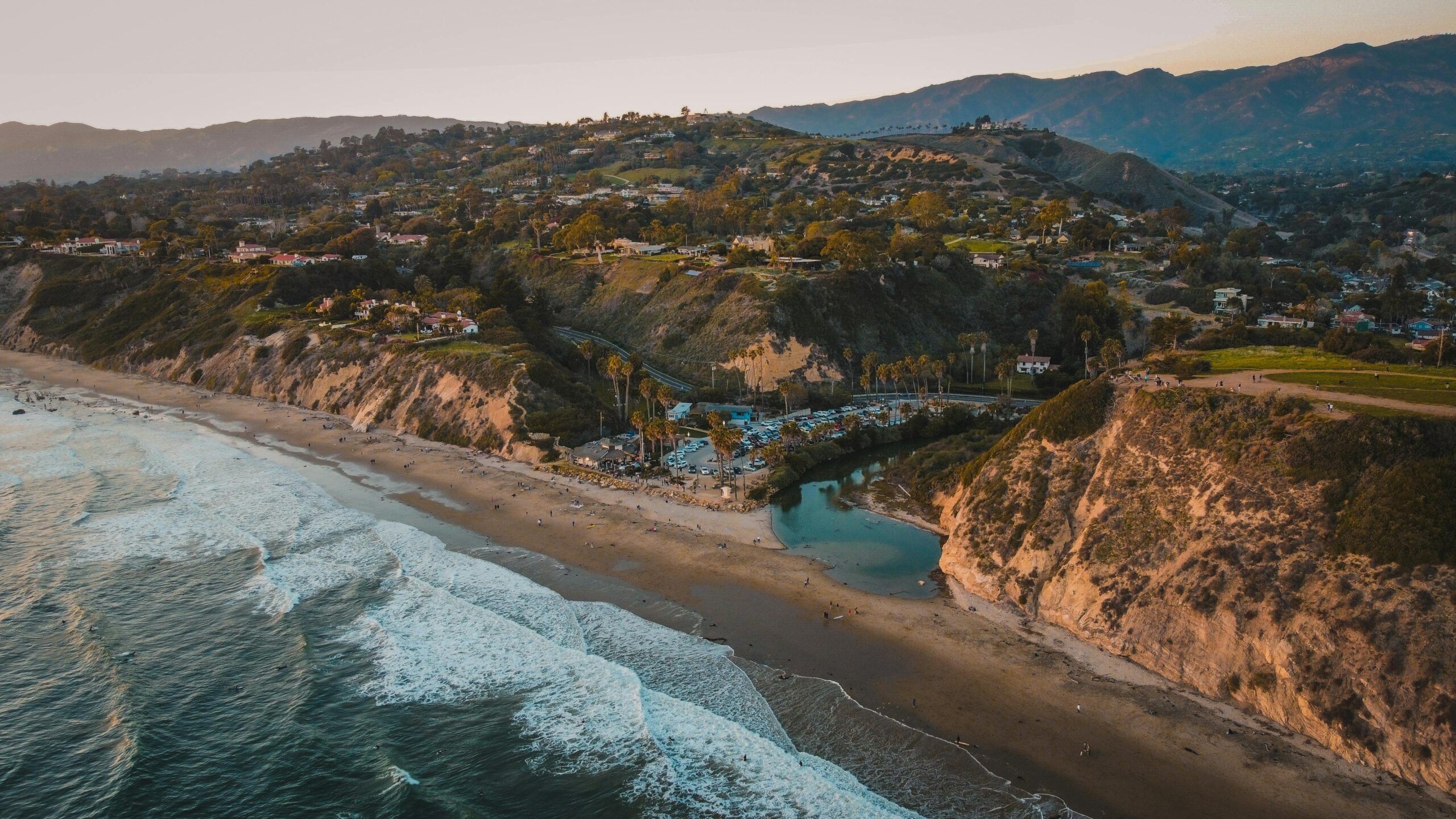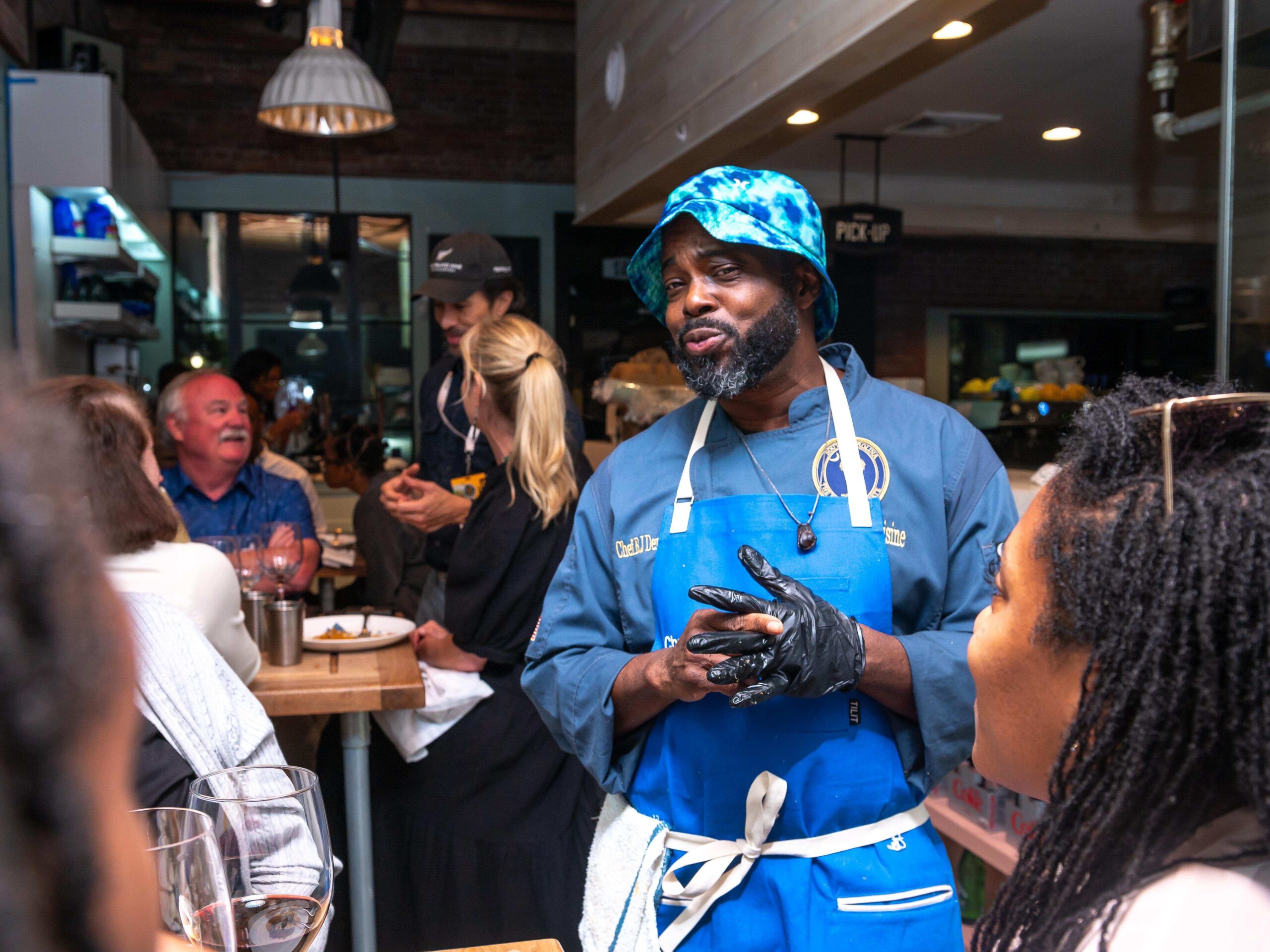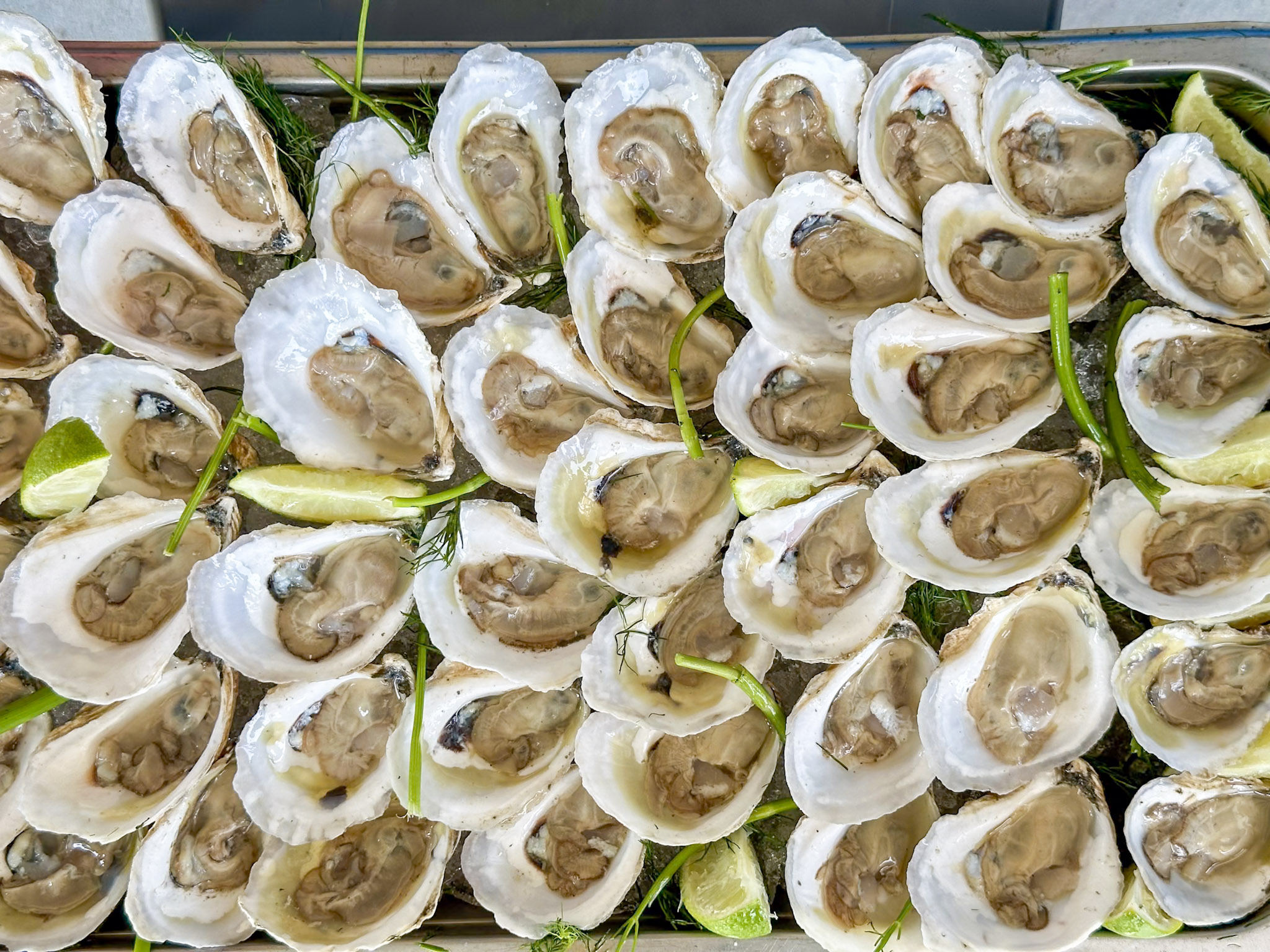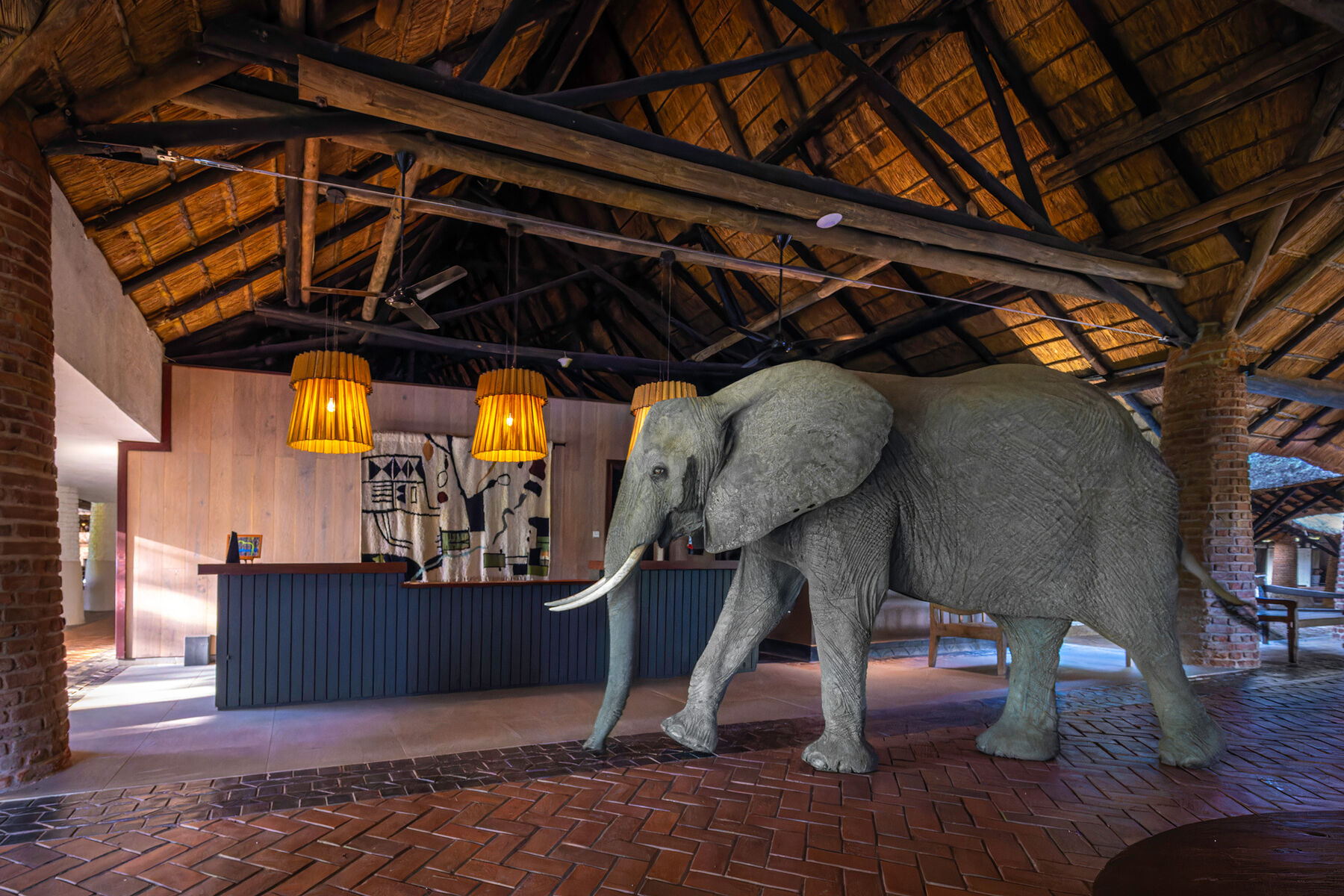NORTH STARS:
Wildlife Ecosystems
Gender Equality
Production & Consumption
“The loss of kelp forests is alarming because they constitute essential habitat for California’s coastal biodiversity, and because they provide $100 million dollars of value annually through ecosystem services like carbon sequestration and ocean de-acidification.”
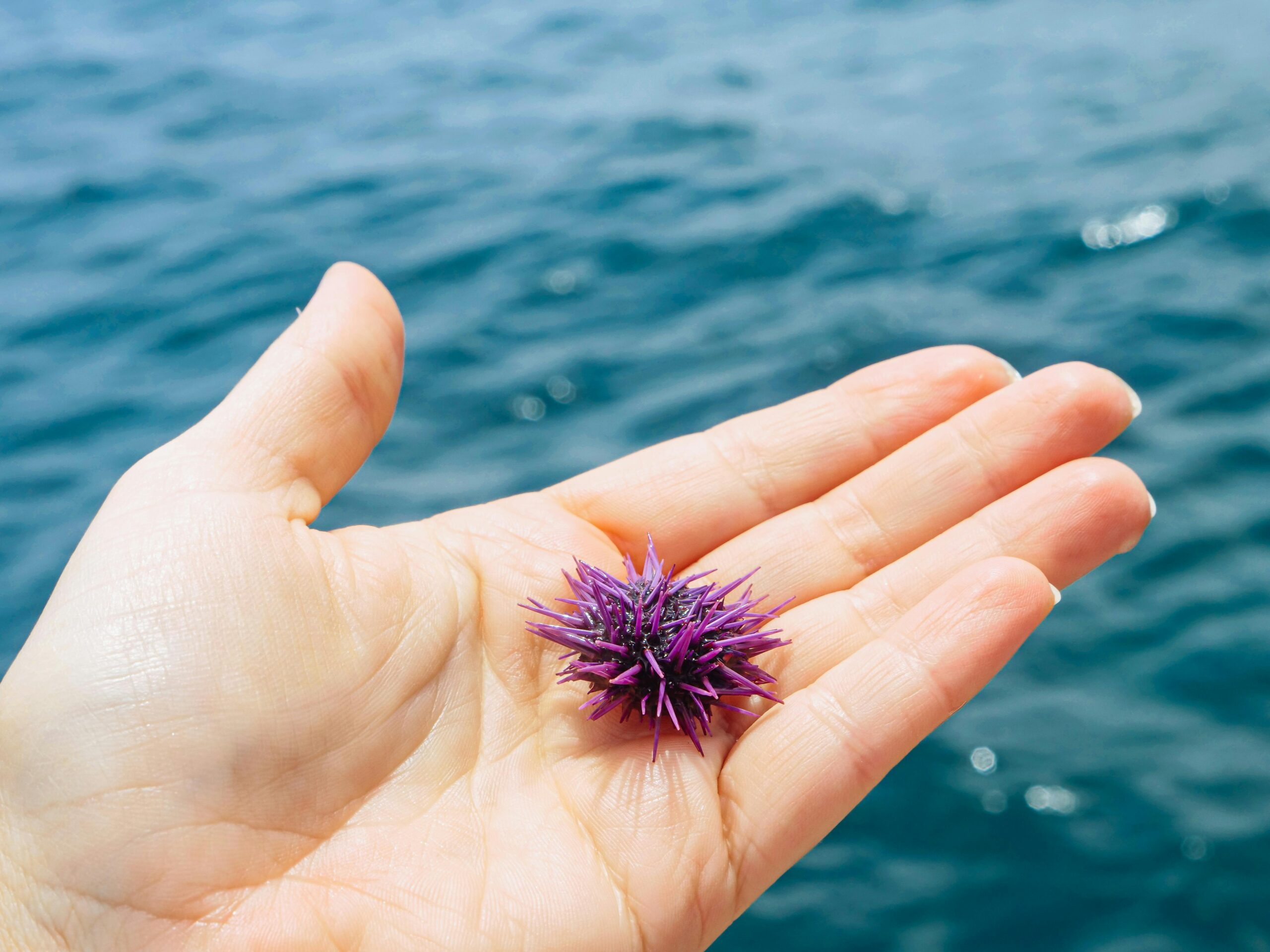
A tiny tiny purple. Couresty of Pexels.
The Azure Road Take
Along the rugged coastline of California, Stephanie Mutz of Sea Stephanie Fish, along with commercial fishing business partner Harry Liquornik, head out into the Santa Barbara Channel each morning to hand-harvest batches of Pacific purple sea urchin for delivery to The Cultured Abalone. I first learned of the group’s collective work at Bar Le Côte in Los Olivos, Santa Ynez Valley, a stylish seafood tavern devoted to sourcing the best, artisanal ingredients from regional purveyors. After sampling the umami-rich, saffron-hued roe of local urchin that tasted of sea butter, I had to learn more about the company’s efforts to tackle the excessive population growth of a particular species of spiky sea creature.
The Artisan
The Cultured Abalone Farm was established in 1989 on the historic Rancho Dos Pueblos on the Gaviota coast of Santa Barbara County. Doug Bush started raising native red abalone through their life cycle from hatchery to market, using locally harvested seaweeds from the Santa Barbara Channel to feed and house the animals in seawater tanks fed by fresh ocean water. Devin Spencer, the Hatchery and Production Director at The Cultured Abalone Farm, is a marine scientist who focuses on food security and education. She is responsible for spawning adult abalone to create babies, which means the farm doesn’t rely on wild populations. They now ranch Pacific purple sea urchins which have been rebranded as ‘Purple Hotchis’ for sale to the retail and commercial market.
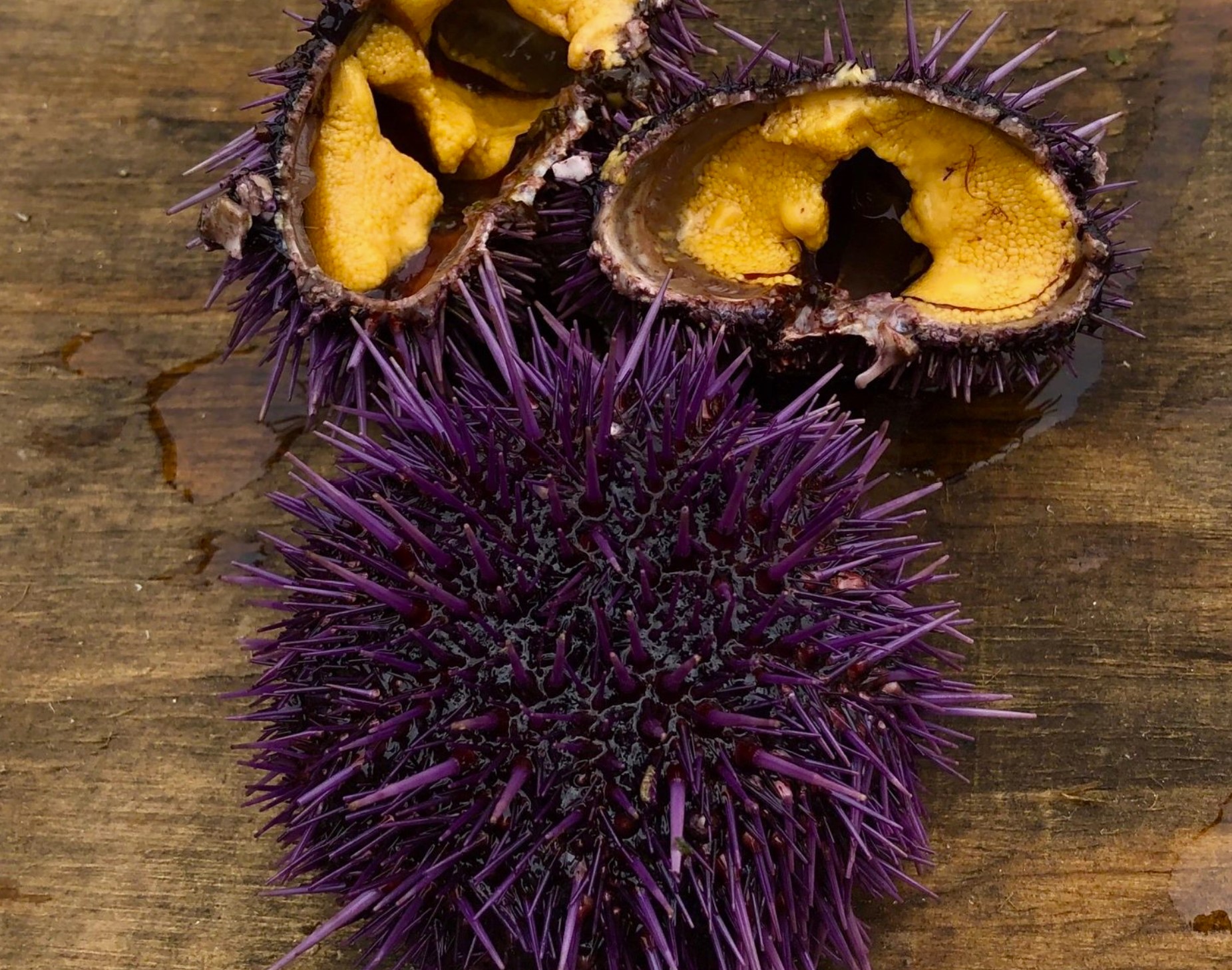
Uni inside the urchin. Courtesy of Pexels.
Sustainability Chops
Sea Stephanie Fish, in collaboration with The Cultured Abalone, are helping California tackle one of its largest marine imbalances: Pacific purple sea urchin. Though the animal is native, not invasive, its population has exploded in recent years from 60 to 100 times beyond the threshold of a healthy ecosystem. The reasons are complex and multifold, but point to the cascading effect of climate change. Marine heatwaves have damaged the health of kelp forests, the animal’s primary food source, while contributing to the sunflower sea star die-off, the urchin’s primary predator. The aggressive feeding behavior of the urchin has further decimated kelp forests.
Consequently, purple urchins have damaged critical kelp habitat, and now congregate in huge barren formations. While starving, due to an odd quirk of nature, the animals can stay unfed and dormant for years, earning them the nickname “zombie urchins.” However, in a starved state, fishermen have little incentive to harvest Pacific purple sea urchin because they lack the chef’s prize: roe.
Solution: fatten them to eat. Mutz and Liquornik harvest the creatures. The Cultured Abalone houses them for ten weeks in tanks filled with piped in seawater. The animals are fed fresh cultured and harvested seaweeds to grow a plump and rich reddish uni with a sweet, buttery taste to sell to restaurants and consumers. The combined effort helps the surrounding ecosystem while reaping delicious commercial results.
Impact
According to the UC Santa Barbara Bren School of Environmental Science & Management, the “loss of kelp forests is alarming because they constitute essential habitat for California’s coastal biodiversity, and because they provide $100 million dollars of value annually through ecosystem services like carbon sequestration and ocean de-acidification.” The Pacific purple sea urchins have contributed to the eradication of up to 90 percent of northern California’s bull kelp forests. Although kelp habitats cover only 0.5% of the planet, the benefits they confer surpass all terrestrial ecosystems combined.
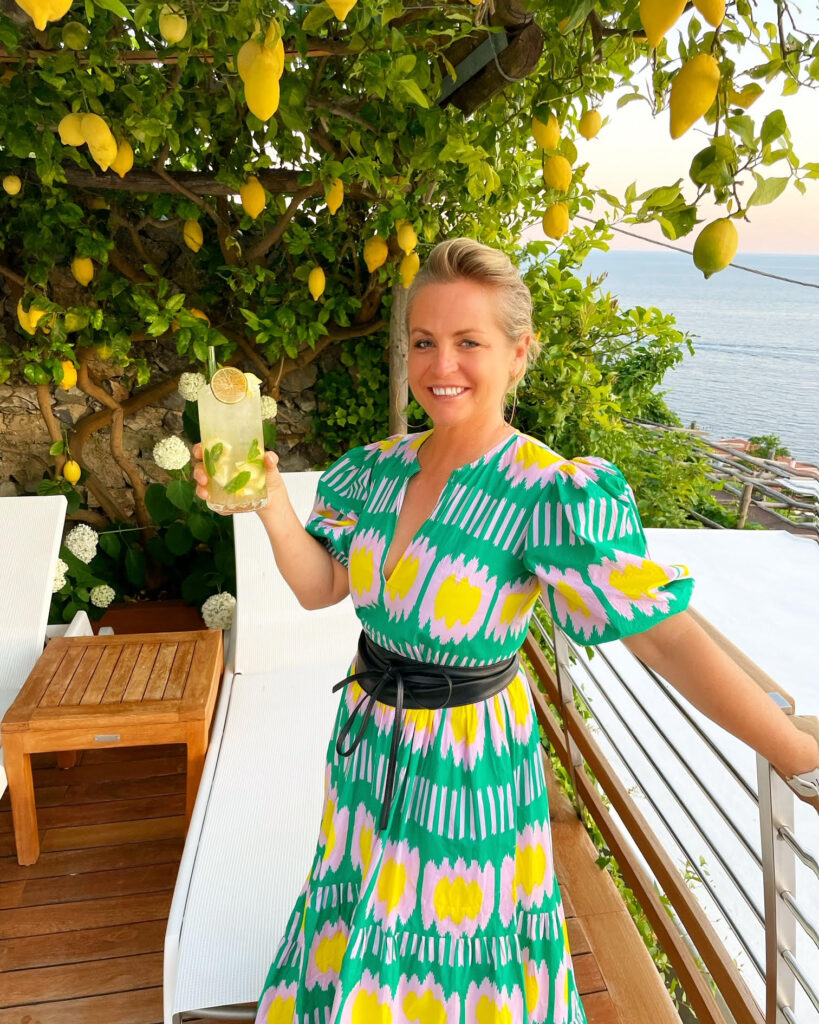
Founder and CEO of Azure Road, Lauren Mowery is a longtime wine, food, and travel writer. Mowery continues to serve on Decanter Magazine’s 12-strong US editorial team. Prior to joining Decanter, she spent five years as the travel editor at Wine Enthusiast. Mowery has earned accolades for her writing and photography, having contributed travel, drinks, food, and sustainability content to publications like Food & Wine, Forbes, Afar, The Independent, Saveur, Hemispheres, U.S. News & World Report, SCUBA Diving, Plate, Chef & Restaurant, Hotels Above Par, AAA, Fodors.com, Lonely Planet, USA Today, Men’s Journal, and Time Out, among others.
Pursuing her Master of Wine certification, she has also been a regular wine and spirits writer for Tasting Panel, Somm Journal, VinePair, Punch, and SevenFifty Daily. Mowery is a graduate of the University of Virginia and Fordham Law School, and she completed two wine harvests in South Africa.
Follow her on Instagram @AzureRoad and TikTok @AzureRoad
North Stars: Gender Equality, Production & Consumption, Wildlife Ecosystems


